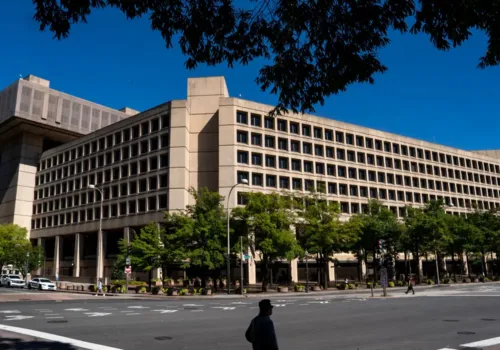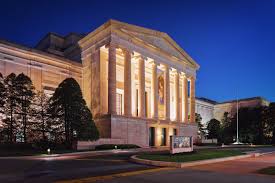
President Donald Trump has issued a directive to the General Services Administration (GSA) to promote “beautiful federal civic architecture,” sparking conversations about design standards for federal buildings.

On his first day back in office, Trump signed several executive orders to implement his priorities, including one aimed at revisiting the GSA’s Guiding Principles for Federal Architecture. While major actions, such as ending birthright citizenship, garnered significant media attention and legal challenges, this particular memo flew under the radar.
The memo instructs the GSA and federal agency heads to submit recommendations “to advance the policy that Federal public buildings should be visually identifiable as civic buildings.” The recommendations, which must align with regional, traditional, and classical architectural styles, are due to the White House within 60 days.
“We want our federal buildings to be beautiful, to reflect the civic pride of the American people,” Trump stated in his directive.
This move closely mirrors a December 2020 executive order Trump issued during his first term. That order, which was revoked by President Joe Biden in early 2021, required that federal courthouses, agency headquarters, and other federal buildings costing more than $50 million adhere to a design style that prioritized classical and traditional architecture. At the time, brutalism and deconstructivism were criticized as styles that diverged from this vision.
The American Institute of Architects (AIA), a vocal opponent of the 2020 order, has expressed renewed concern over Trump’s latest directive.
“AIA supports the GSA’s Guiding Principles, and we support freedom in design,” the organization said in a statement issued Tuesday. “AIA’s members believe the design of federal buildings must first be responsive to the people and communities who will use those buildings. Our federal buildings across the country must reflect America’s wealth of culture, rich traditions, and unique geographic regions. AIA has strong concerns that mandating architecture styles stifles innovation and harms local communities.”
The AIA also defended the GSA’s current Design Excellence Program, which is rooted in the original Guiding Principles of Federal Architecture established decades ago. The program allows local communities and architects to innovate and create designs that reflect regional and cultural diversity.
“We believe that the Design Excellence Program achieves the goal of balancing innovation with civic identity,” the AIA said. “It should be protected, not altered.”
Trump’s renewed focus on architectural aesthetics may reignite debates about federal building design and the role of centralized control versus local input. The memo has yet to provide specific details on how the GSA’s recommendations will be implemented, leaving room for further discussion and potential pushback.